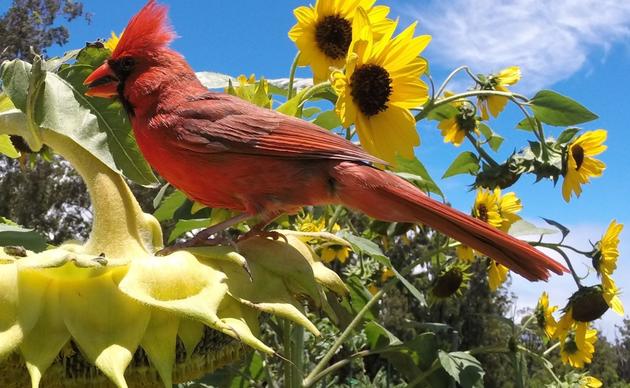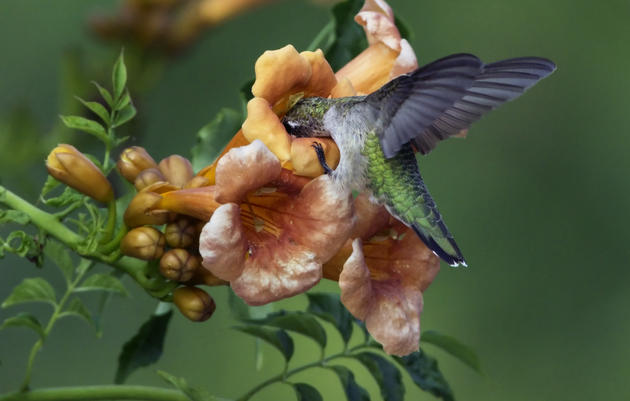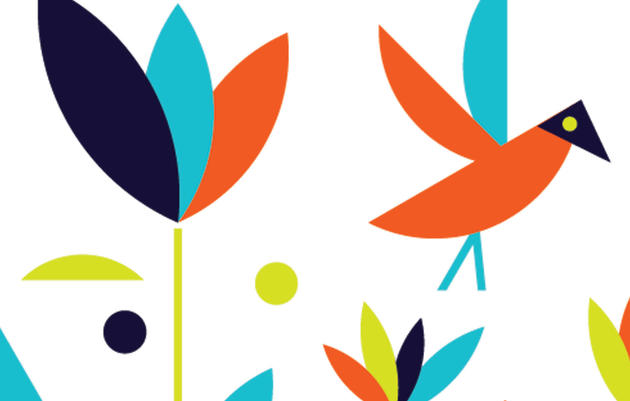Invasive Species
THE PROBLEM
Non-native and invasive exotic species are quickly becoming one of the largest threats to biodiversity in terrestrial and aquatic ecosystems in New York State. The term invasive species describes the set of harmful, non-native plants, animals, and microorganisms found throughout the United States. Even a species from another area of the United States, like Black Locust, can be invasive when removed from its natural controls. Some species were intentionally imported for horticulture, agriculture, erosion control or as exotic pets and game. Others slipped in with cargo shipments and bilge water. These aggressive species are associated with numerous environmental problems such as degradation of water quality and fisheries, reductions in agricultural output, and changing the historic biological makeup of many public and private parks and wilderness areas around the state. There is also a measurable loss of habitat for native plant and animal communities, which is requiring significant expenditures by the state and its municipalities to remedy. It is estimated that New York alone has a non-native biomass as high as 35%, placing it in a small group with Hawaii and Florida.
Specifically in New York, there are two areas of concern that are being threatened by the spread of invasive species; the Shawangunk Grasslands National Wildlife Refuge, which is one of the most important grassland bird breeding and wintering areas in the state, and the Wertheim National Wildlife Refuge, where American Black Ducks are threatened by Phragmites. Each of these sites are important habitats for many endangered and threatened species. The National Audubon Society has recently recognized the Wertheim Refuge as one of the top ten hot spots in the nation in need of protection.
Invasive species have heavily impacted our birds and wildlife, replacing whole inter-related ecosystems of native plants adapted to provide food and habitation, with monocultures. The massive stands of Purple Loosestrife in our wetlands, which have crowded out the cattails and other indigenous plants that provided nutritious food, are a clear example. The Invasive Plant Council of New York State has identified Purple Loostrife as one of the top 20 invaders in the state. Zebra Mussels threaten both marine organisms and diving birds. Water Chestnut causes hypoxia in the Hudson River. It is not surprising that invasive species and associated habitat loss are responsible for many of the bird extinctions since 1800, and threaten at least 69 species on the Audubon WatchList.
To address the growing threat invasive species pose to the state, in 2003 the New York State Legislature and Governor created the New York State Invasive Species Task Force. This Task Force was charged with assessing the environmental, ecological, agricultural, economic, recreational and social impacts of invasive species in New York. In addition, they were to assess the adequacy of existing laws, regulations, programs, and policies dealing with this issue. They were required to issue a comprehensive report detailing its findings and providing recommendations for future action to address the growing problems associated with invasive species by November 30, 2005. Click here for a copy of their report.
Related
Managing Invasive Species
Together we can stop the spread of invasive species.
Native Plants for Birds
Attract and protect the birds you love while making your space beautiful, easy to care for, and better for the environment.
10 Plants for a Bird-Friendly Yard
Choose native plants like these to beautify your real estate and provide food for birds.
Donate to Audubon
Help secure the future for birds at risk from climate change, habitat loss and other threats. Your support will power our science, education, advocacy and on-the-ground conservation efforts.







